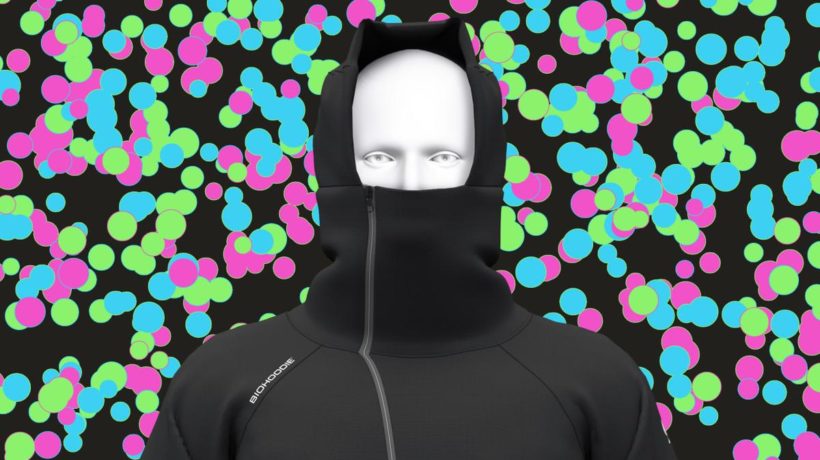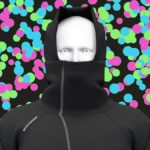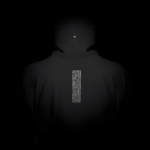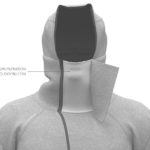If you’re tired of wearing a DIY mask, a new hoodie offers another option: A built-in mask, made from a material that can (theoretically) filter out more germs than an N95 mask, zips up into the hood—which is itself a filter. The hoodie, which is available for pre-order now, is the latest design from G95, a company that also makes scarves that double as air filters.
Founder Carlton Solle launched the company three years ago after getting sick on a business trip to China; a doctor told him that high levels of air pollution might be the cause. Solle was reluctant to wear a mask, but as a regular traveler in China, realised that he needed to protect himself. He started making scarves that had built-in filtration, and then started the company to sell them to others. “It turned out there were a lot of people like me that didn’t want to wear a mask, and wanted some other alternative,” he says.
The first customers were travelers, followed by people with health conditions like autoimmune disorders, cancer, and allergies. Others have used the products as protection from wildfire smoke. Now, Solle says, there’s another surge of interest because of the coronavirus crisis. The company is now making masks for FEMA and some hospitals in Michigan, where G95 makes some of its products. But it’s also rushing to make more products for consumers, including the hoodie, which will be available in roughly a month.
“There’s an entire halo of protection in the hood of the hoodie,” Solle says. The hood is made from the company’s filtration material, giving it more protection in a situation like a wildfire, where some contaminants in smoke can be absorbed through the skin. The filter covers someone’s ears, though in the case of the coronavirus, there’s no evidence yet that it’s possible to catch the virus through your ears. (For anyone who wants to wear something even more like a hazmat suit, the company also sells protective goggles that could be combined with the hoodie.) But the built-in mask, pulled tight with a bungee at the back of the hood, is likely to help protect wearers from disease.
The filter is “a combination of two different types of filtration technology combined with a nanofiltration layer,” says Solle. “It’s all kind of welded together.” In lab tests, it blocked 99.75% of particles larger than 0.1 microns—meaning it may catch tinier particles than some N95 masks, which are rated to block 95% of particles larger than 0.3 microns. (Homemade masks vary, but are less effective.) Coronavirus particles are roughly 0.125 microns in size, though the virus is thought to spread primarily in larger droplets. And unlike an N95 mask, the hoodie is washable. The company estimates that it can be washed 50 times before the filtration efficiency begins to decrease.
Article originally published on fastcompany.com










